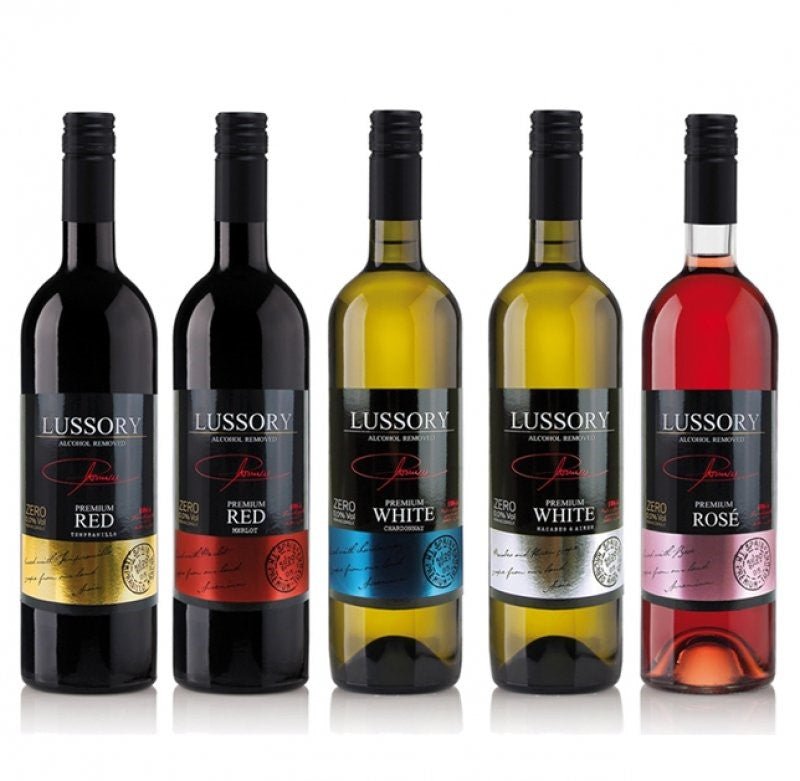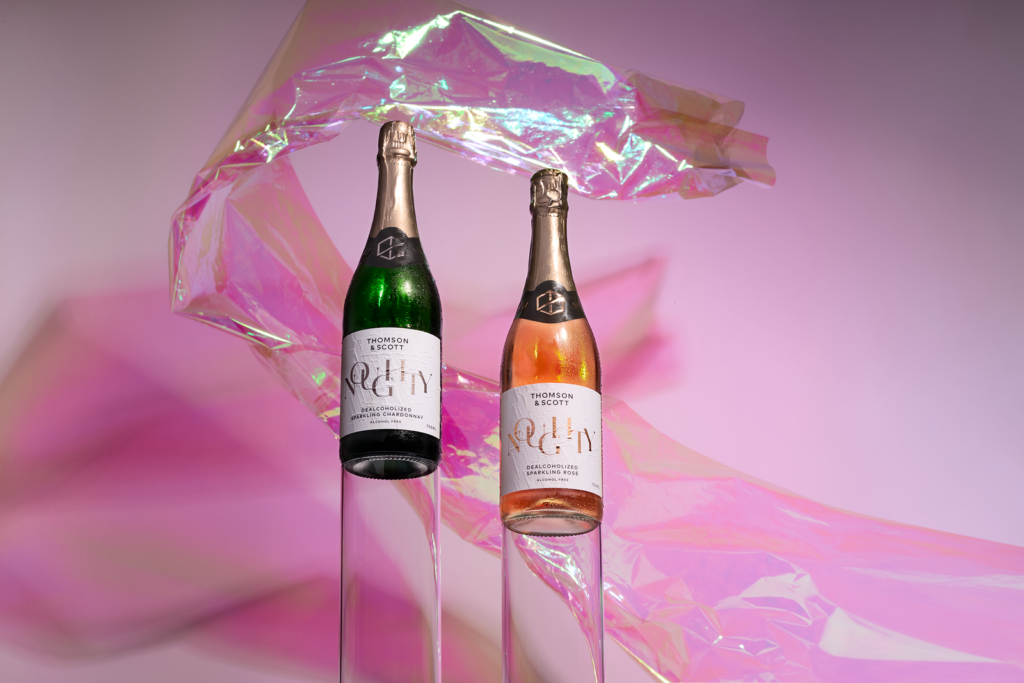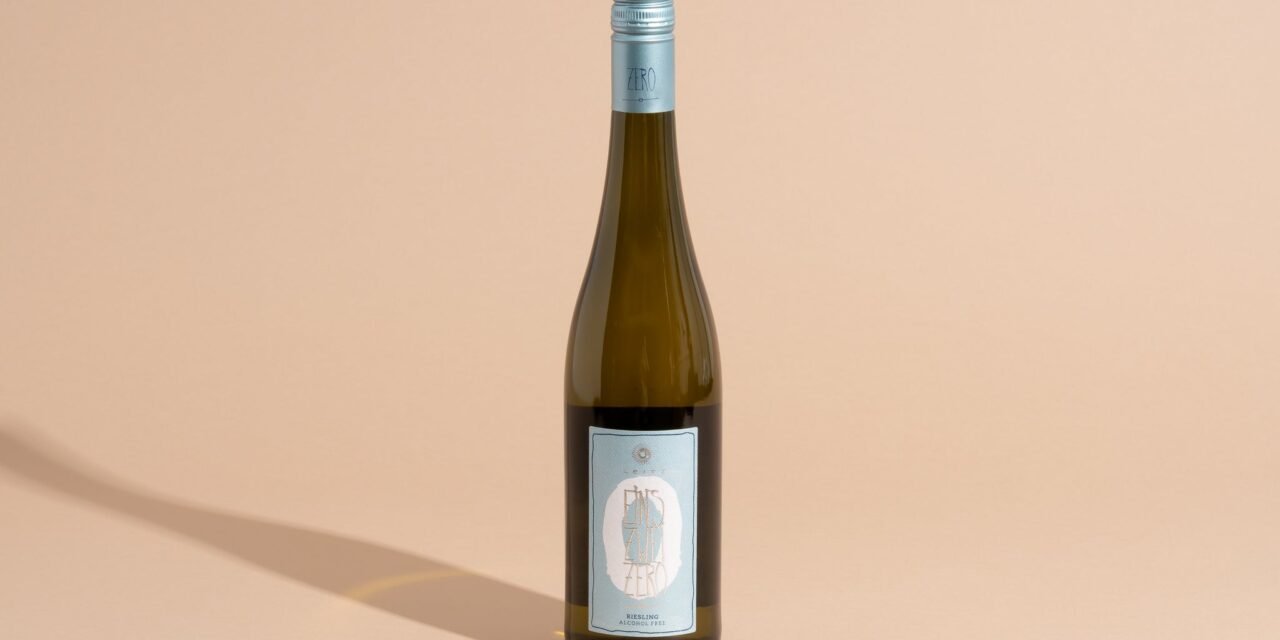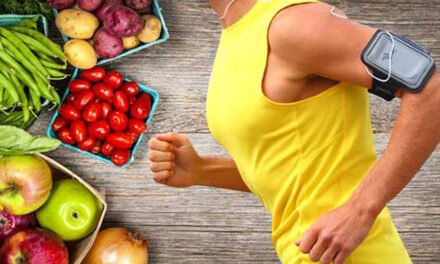Introduction of Best Non-Alcoholic Wines
Best non-alcoholic wines have gained popularity recently, providing a great option for those who want to enjoy the taste of wine without the alcohol. Whether you’re looking to cut back on your alcohol intake, have dietary restrictions, or are simply curious, there’s a growing selection of non-alcoholic wines that can satisfy your palate. Here’s a look at some of the best options available today.
What is Non-Alcoholic Wine?
Non-alcoholic wine is produced in much the same way as traditional wine. The main difference is that after fermentation, the alcohol is removed. This process can be done through various methods, including vacuum distillation, reverse osmosis, and spinning cone technology, each preserving the wine’s flavours and aromas.
Top Picks for Non-Alcoholic Wines

1.Leitz Eins Zwei Zero Riesling:
Leitz Eins Zwei Zero Riesling is a standout in the world of non-alcoholic wines. This German wine is made from 100% Riesling grapes and offers a crisp, refreshing taste with notes of green apple, citrus, and a hint of minerality. It’s perfect for pairing with light dishes like salads, seafood, and poultry.
2.Fre Chardonnay:
Fre Chardonnay is a popular choice for those seeking a non-alcoholic white wine. Produced by the well-known Sutter Home winery, this wine retains the rich, buttery notes typical of a traditional Chardonnay, with flavours of ripe pear, apple, and a touch of oak. It’s an excellent accompaniment to creamy pasta dishes, roasted chicken, or grilled vegetables.
3.Pierre Chavin Perle Rosé:
For those who enjoy a sparkling option, Pierre Chavin Perle Rosé is a delightful choice. This French sparkling wine offers delicate bubbles and a bouquet of red berries, strawberries, and a hint of floral notes. It’s a versatile wine that works well as an aperitif or paired with light desserts and fresh fruit.
4.Thomson & Scott Naughty:
Thomson & Scott Noughty is a well-regarded non-alcoholic sparkling wine. Made from 100% organic Chardonnay grapes, this wine is produced using traditional methods to ensure a high-quality taste. It has a dry profile with a balanced acidity and notes of green apple and pear. It’s perfect for celebrations or as a refreshing drink on a warm day.
5.Ariel Cabernet Sauvignon:
Ariel Cabernet Sauvignon is a robust non-alcoholic red wine that doesn’t compromise on flavour. This California wine offers rich, full-bodied flavours of black cherry, cassis, and a hint of oak, with smooth tannins and a long finish. It’s ideal for pairing with hearty dishes like grilled meats, stews, and aged cheeses.
Why Choose best Non-Alcoholic Wines?
There are numerous reasons why someone might opt for non-alcoholic wine. Some of the benefits include:
Health Reasons:
Reducing alcohol intake can lower the risk of certain health issues, including liver disease and certain cancers.
Lifestyle Choices:
Many people choose to reduce or eliminate alcohol for personal or religious reasons.
Driving:
Non-alcoholic wine allows you to enjoy a glass without worrying about impaired driving.
Pregnancy:
Expectant mothers can enjoy the taste of wine without any risks associated with alcohol consumption.
The History of Non-Alcoholic Wine:
Non-alcoholic wine, while seemingly a modern innovation, has roots that stretch back centuries. The journey of non-alcoholic wine mirrors the evolution of traditional wine, adapting and changing to meet the needs and preferences of different cultures and times. Here’s a look at the history of non-alcoholic wine and how it has become a popular alternative today.
Early Beginnings:
The concept of non-alcoholic wine can be traced back to ancient civilizations. In ancient Greece and Rome, wine was often diluted with water to reduce its potency, making it more suitable for consumption throughout the day. This practice can be seen as an early form of creating a lower-alcohol beverage, although it didn’t fully remove the alcohol content.
Prohibition Era:
The modern concept of non-alcoholic wine began to take shape during the Prohibition era in the United States (1920-1933). With the legal ban on the production, importation, transportation, and sale of alcoholic beverages, winemakers had to find alternative ways to stay in business. Many turned to producing “near wine,” which was essentially wine with most of its alcohol removed. These beverages, containing less than 0.5% alcohol by volume, were legally permissible and provided a way for winemakers to survive during this challenging period.
Technological Advancement :
Significant advancements in technology during the 20th century greatly improved the quality and availability of non-alcoholic wines. Methods such as vacuum distillation and reverse osmosis allowed for more effective removal of alcohol while preserving the wine’s flavours and aromas. These techniques helped produce non-alcoholic wines that more closely resembled their alcoholic counterparts in taste and quality.
The Rise of Health Consciousness;
In the late 20th and early 21st centuries, growing health consciousness and changing lifestyle choices led to increased interest in non-alcoholic beverages. As people became more aware of the health risks associated with excessive alcohol consumption, the demand for non-alcoholic alternatives grew. This trend was further supported by the rise of movements such as Dry January and Sober October, which encouraged people to take a break from alcohol.
Modern Non-Alcoholic Wine Industry:
Today, the non-alcoholic wine industry is thriving, with a wide variety of options available to consumers. Major wine producers and dedicated non-alcoholic wine companies are continually innovating to meet the growing demand. The quality of non-alcoholic wines has improved significantly, with many products offering complex flavours and aromas that rival traditional wines.
Key players in the modern non-alcoholic wine market include brands like Leitz, Fre, Ariel, and Thomson & Scott, among others. These companies use advanced techniques and high-quality ingredients to produce non-alcoholic wines that appeal to a broad audience.
Future of Non-Alcoholic Wine:

The future of non-alcoholic wine looks promising, with continued growth and innovation expected in the industry. As more people seek healthier lifestyle choices and the demand for non-alcoholic beverages increases, winemakers will continue to refine their techniques and expand their offerings. This will likely lead to even greater diversity in the types and styles of non-alcoholic wines available.
Conclusion:
The world of non-alcoholic wines has grown significantly, offering a variety of high-quality options for every palate. Whether you prefer a crisp white, a robust red, or a sparkling rosé, there’s a non-alcoholic wine out there that can meet your needs.
As more people embrace a healthier lifestyle, the demand for these products will only continue to rise, leading to even more innovations and options in the futurealcoholic wine is a testament to the resilience and adaptability of the wine industry. From ancient practices to modern technological advancements, non-alcoholic wine has evolved to meet the changing needs of consumers.
Today, it stands as a popular and viable alternative for those who wish to enjoy the experience of wine without the effects of alcohol. As the industry continues to grow, non-alcoholic wine will undoubtedly remain a significant part of the global beverage landscape.
you must watch 👁️👁️ this article 👇👇⬇️






Hey people!!!!!
Good mood and good luck to everyone!!!!!
Hi,
I hope this message finds you well.
We are excited to introduce ourselves as your go-to custom clothing manufacturer, specializing in promotional tees and other apparel. We provide customized clothing to elevate your brand’s representation.
Exclusive Offers:
? Worldwide Shipping
? Free Samples
Why Choose Us?
1. Fastest Turnaround
2. No MOQ Limit
3. 100% Quality Check
4. Reasonable Prices
5. Sample Facility Before Bulk Orders
We look forward to the opportunity to collaborate with you. Please share your details to move forward.
Best Regards,
Saad
Contact with us:
WhatsApp:+923467428081
WhatsApp: https://wa.me/923467428081
Website: https://www.pamooinds.com
Instagram: https://instagram.com/pamoo_industry
Facebook: https://www.facebook.com/pamoosports
TikTok: https://www.tiktok.com/@pamooinds